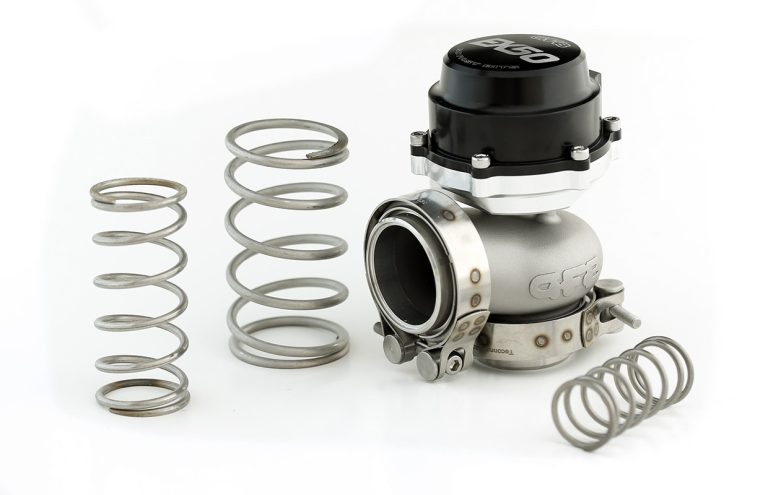The good news is that selecting the right wastegate spring is a relatively simple and cost-effective way to ensure the best possible spool up and boost stability, with minimal high-RPM boost drop-off, so let’s get to it!
First, a word of caution – when changing wastegate springs you MUST re-adjust your boost control settings afterwards. If you have a manual or electronic boost controller this is easy to do, but if boost is controlled by your ECU and you don’t have access to change it, you should consult your tuner before going any further.
In this article we’ll be concentrating on turbo systems with either an internal or external pneumatic wastegate, connected to a boost control system that uses boost pressure to actuate the wastegate. Other systems such as VNT, vacuum or electric actuators, and C02 boost control systems fall outside the scope of this discussion.
We’ll be using the term “gate pressure” to refer to the boost pressure your turbo system achieves with no input from the boost controller. Gate pressure is directly influenced by the wastegate spring.
Please note however that whilst wastegate springs typically have a boost pressure “rating”, this is a guideline only. It is impossible to predict the exact gate pressure a certain spring will achieve due to the vast number of variables involved in the turbo and wastegate system, but the spring should deliver a gate pressure that is pretty close to its advertised “rating”.



